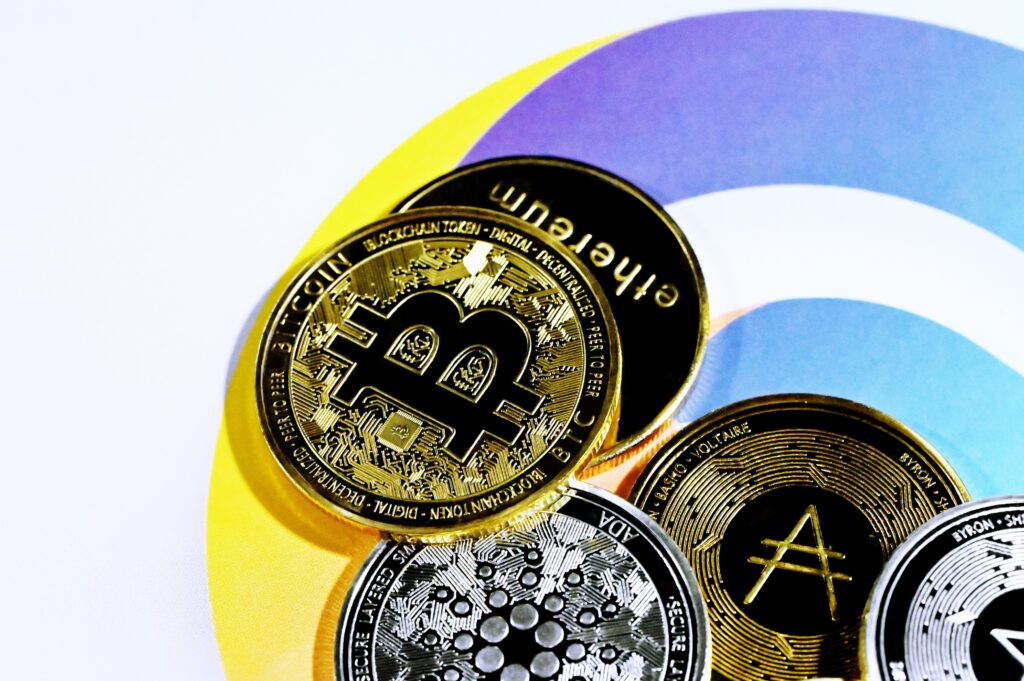If you’ve been investing in cryptos, you may have likely heard the term “wrapped” Bitcoin or wrapped tokens. This article will explore the types of wrapped tokens in the crypto space, why they exist, and what benefit they have to you as a crypto trader or long-term investor.
Blockchains Are Separated
Different blockchains like Ethereum and Bitcoin use different protocols and have different functionalities. Moreover, due to the fundamental differences in their algorithms, they cannot talk to each other. While this independence preserves the blockchain’s sovereignty and increases security, it makes the existence of an interoperable distributed ecosystem with easy data exchange challenging.
The ideals of decentralized finance, or DeFi, is a smooth, efficient, and speedy movement of the value, and this is why wrapped tokens can find a place as a practical application. Newer blockchains, such as Polkadot, were developed to solve the interoperability issue that plagues separate blockchains. However, the need for communication between blockchains became apparent, and this communication was possible through the development of wrapped tokens.
Wrapped Cryptocurrency Basics
Wrapped cryptocurrencies and crypto tokens are cryptocurrencies and assets pegged to the value of another cryptocurrency or asset, such as a precious metal, stock, or real estate, and then minted on a DeFi platform. They have become popular as retail crypto brokers made this asset class more accessible and more advanced in tandem.
The original asset gets “wrapped” into a digital vault, with a newly minted token created, which can be used to transact on another blockchain. These wrapped tokens allow non-native assets to be used on any blockchain, building bridges between different networks and creating interoperability in the crypto space.
Wrapped tokens can be created from any asset, art, commodities, collectibles, equities, real estate, and even fiat currencies. However, because wrapped tokens get “pegged” to another asset, it’s required for them to be managed by a custodial entity that wraps and unwraps the asset. We will be discussing why this is a limitation in the crypto world.
The First Wrapped Cryptos
Bitcoin was the first crypto to be wrapped, and the space is dominated by wBTC, which took bitcoin and put it on the Ethereum blockchain using smart contracts. This allowed investors to earn a passive fixed income. There are now many wrapped tokens, most of which use Ethereum’s ERC-20 format or the Binance Smart chain BEP-20 format.
Interestingly, though ERC-20 tokens are issued on Ethereum, the native ETH token is not compliant with ERC-20 standards because ETH was developed before ERC-20. Therefore, Ether must be wrapped to comply with other ERC-20 token standards. A tokenized wrapped Ether has therefore been created on the Ethereum platform.
Cardano, Solana, and Polkadot have begun experimenting with wrapped tokens, facilitating their access to DeFi applications. More recently, projects included the bETH, a wrapped ETH token, which can be traded freely or used as collateral on protocols of the Ethereum network.
Read the full article here.






